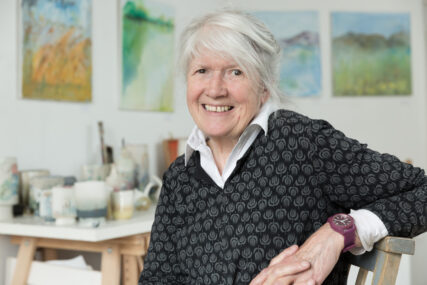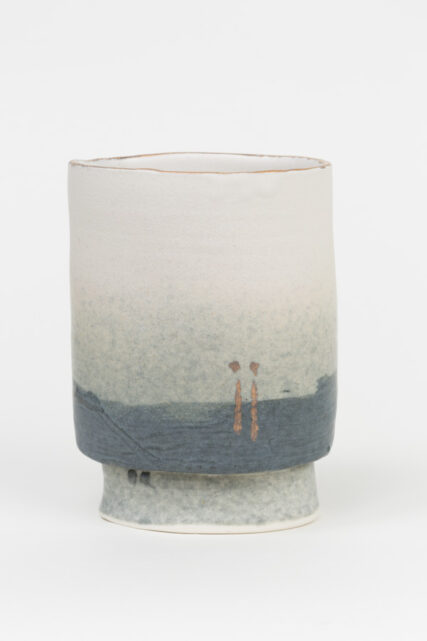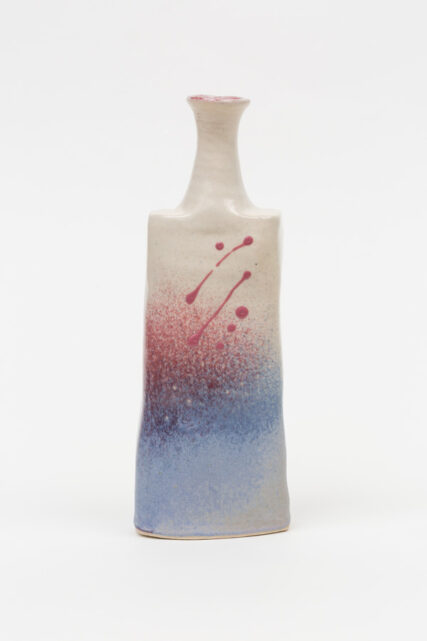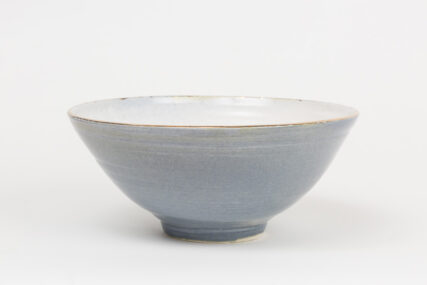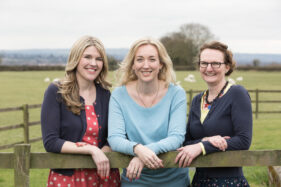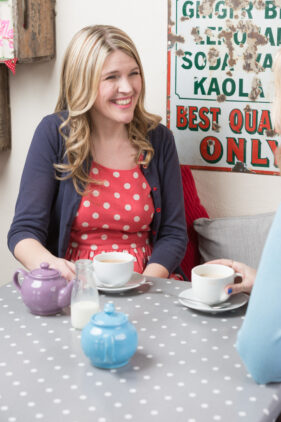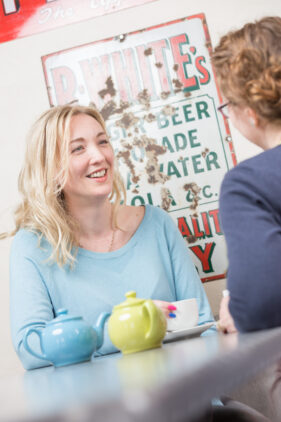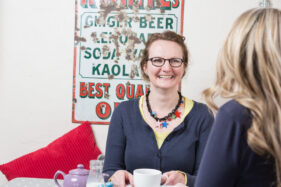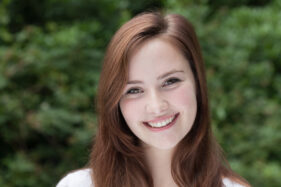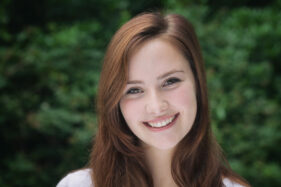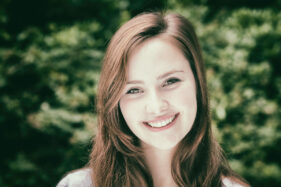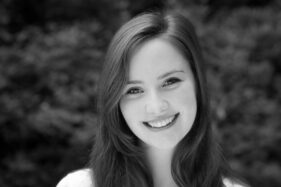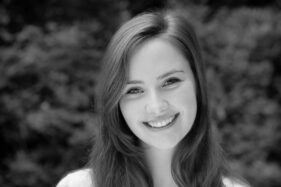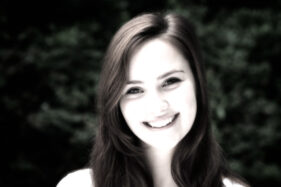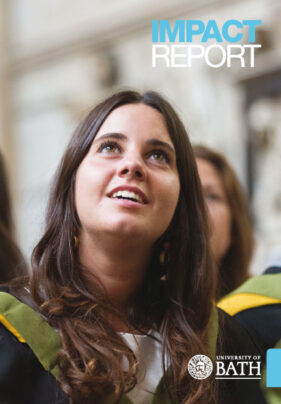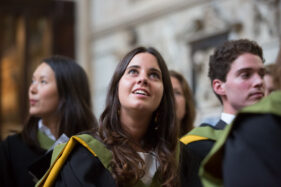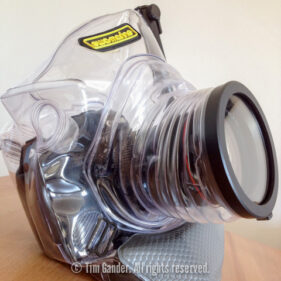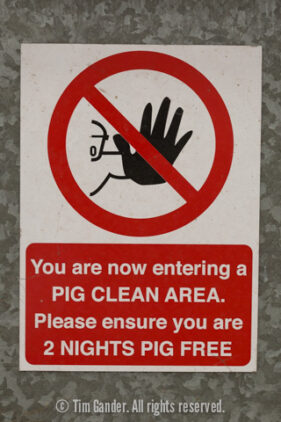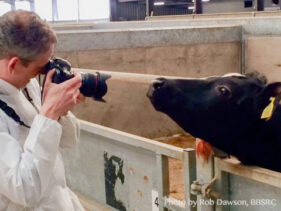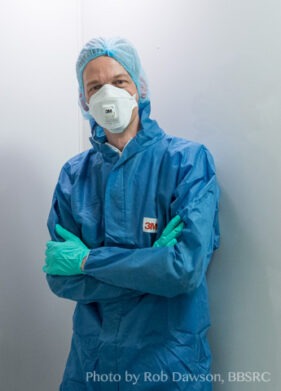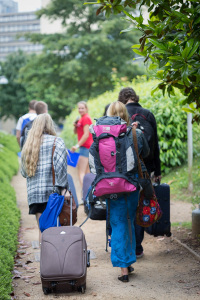One thing I love about being a photographer is the chance to meet a wide variety of people, all with different backgrounds, interests and personalities.
As a prime example, this week started with a delightful encounter with local ceramicist Jane Gibson who runs a gallery in Bradford on Avon. Jane needed images of her work to send to art galleries and for her website update.
With a simple backdrop and lighting set-up I was able to create lovely fresh images of Jane’s quirky work, but when I’d finished photographing the pieces I also felt a portrait of Jane would be useful for the promotion of her art. Thankfully she didn’t need too much persuading.
Although Jane’s specialism is ceramics, she also offers a selection of her paintings and I wanted to suggest this in the background of the picture without it overwhelming the photo or being too distracting. I think Jane looks beautiful in the soft window light of her studio with subtle hints of her work behind her.
I particularly enjoy taking portraits with context, and this is a good example of what I mean. A contextual portrait is a great way to broadcast not only what you look like, but also what you do or where and how you work. This can really engage the viewer and hold their attention in a way a headshot against a plain background won’t always achieve.
Most of next week I’ll be working exclusively on contextual and action portraits, which I hope to share with you soon. It’s going to be challenging, but huge fun.

